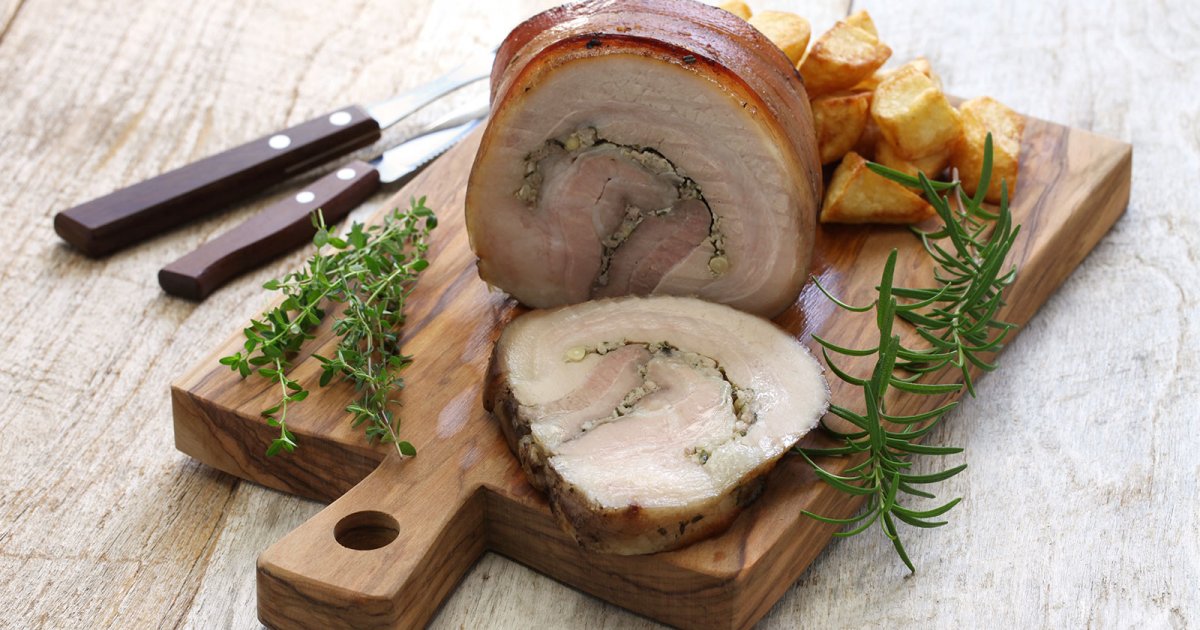THE WONDERS OF LOCAL CUISINE, Introduction
 Language: English / USA
Language: English / USA
Hi, my name’s Scott, and I’m your personal guide. Along with MyWoWo, I’d like to welcome you to the wonderful flavors of Assisi.
Umbrian cooking is based mainly on meat, local produce and home-made pasta.
The most common starter is a sample of the delicious Umbrian salamis and cold cuts, such as Capocollo, from the back of the pig, prosciutto from Norcia, or Ventresca, a local type of pancetta, or bacon. These are accompanied by cheeses such as Pecorino, made with sheep’s milk, or Caciotta.
Another starter you’ll be sure to find is Bruschetta: a slice of toasted bread rubbed with garlic and olive oil, and Crostino, which is also toasted bread, topped with chicken livers.
The most typical of the numerous first courses include dishes made with home-made pasta, such as Umbricelli and Stringozzi.
Umbricelli are a type of thick spaghetti, usually served with a sauce made with tomatoes, bacon, garlic, onion and marjoram. The name derives from the local dialect word for worms.
Stringozzi, which comes from the Italian word for shoelaces, is a longer, thinner type of pasta, and you’ll probably find it served with black truffles from nearby Norcia, or white truffles from the Tiber Valley. Truffles are widely featured in Umbrian cuisine, and I strongly recommend you try them.
You’ll also find home-made pasta served with ragout of beef, hare, wild boar or, more rarely, goose.
The most typical main courses in Assisi are Agnello allo scottadito, a grilled lamb cutlet, and Piccione alla ghiotta: pigeon cooked on a spit and served with a sauce made from the juices that runs off the bird while cooking and the chopped entrails.
You might also like to try roast goose or whole roast suckling pig. Pork cooked on a spit and filled with entrails and herbs is called Porchetta, and is sliced and served cold.
The most typical dessert of Assisi is Rocciata di Assisi: a sort of strudel, filled with dried fruit and nuts, oil and vin santo dessert wine and baked in the oven.
An interesting fact: Amaro Francescano, the famous liqueur of Assisi, was given this name because it is extracted from herbs using an ancient method handed down by friars of the Franciscan Order.
What else can I say but… Buon appetito!



